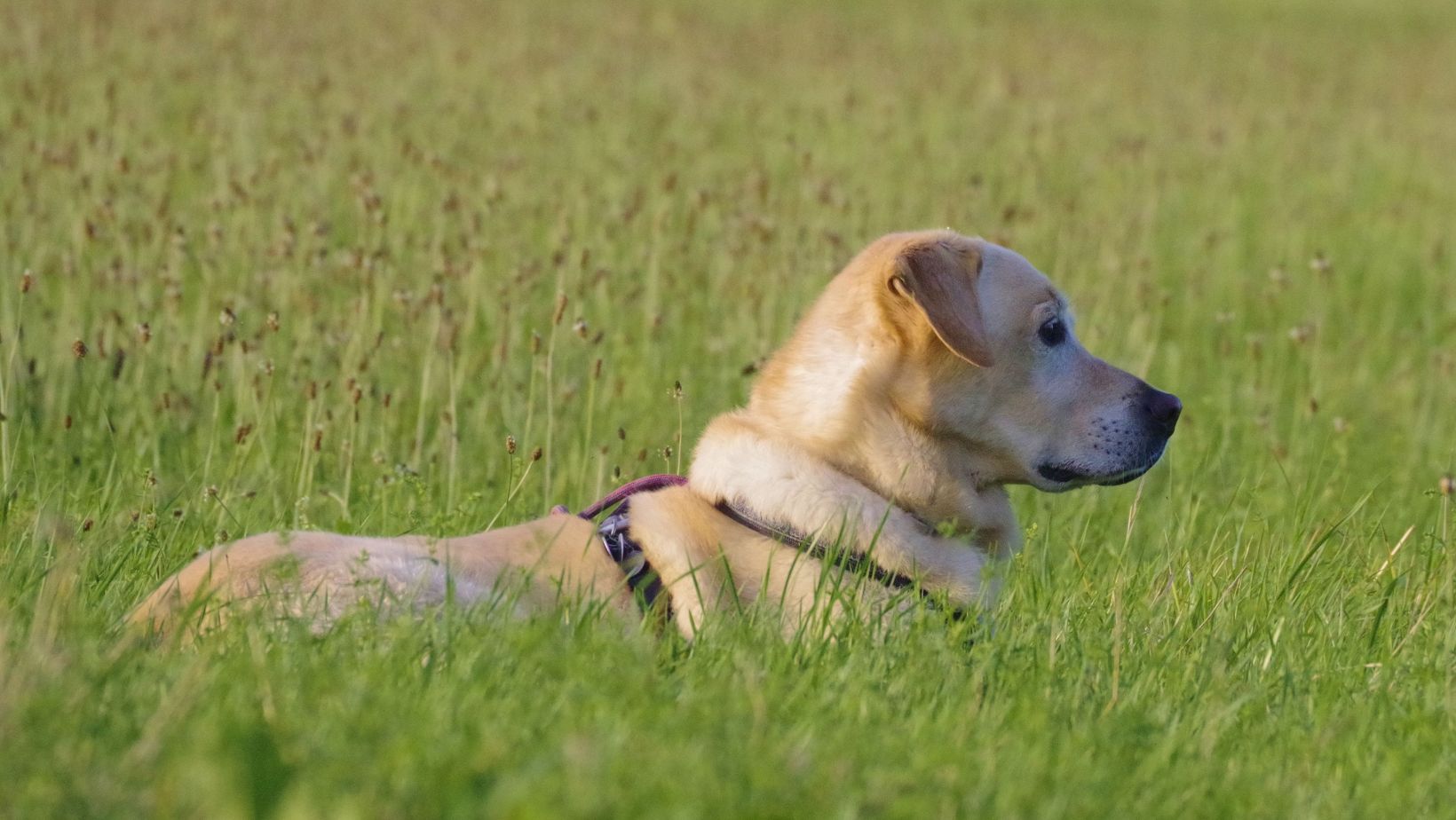How to Stop your Dog from Peeing Inside
Are you tired of coming home to find a puddle on your living room floor? Is your Labrador making a habit of peeing inside the house? Don’t worry, I’ve got some effective tips on how to stop your dog from peeing inside and why it’s important to address this issue with your Labrador.
Firstly, let’s talk about why it’s crucial to put a stop to this behavior. Not only is it unsanitary and unpleasant to have urine-soaked carpets and furniture, but allowing your Labrador to pee inside can also lead to more serious problems. It can create confusion for your dog regarding appropriate potty areas, making it harder for them to learn where they should be doing their business.
So, how can you tackle this issue head-on? One of the most important steps is consistent potty training. Establishing a regular routine and taking your Labrador outside frequently will help them understand where they should be relieving themselves. Additionally, positive reinforcement techniques such as praise and rewards when they go in the right place will reinforce good behavior.
Understanding the Importance of House Training
House training is a crucial aspect of owning a dog, especially when it comes to preventing them from peeing inside your home. As a responsible pet owner, it’s essential to understand why house training is important and how it can benefit both you and your Labrador. Let’s delve into the significance of house training and why investing time in this process is worth every effort.
- Maintaining Cleanliness: One of the primary reasons for house training your Labrador is to maintain cleanliness within your home. Dogs have a natural instinct to mark their territory, and if not properly trained, they may urinate indoors, leading to unpleasant odors and unhygienic conditions. By teaching your dog where it’s appropriate to relieve themselves, you ensure a clean living environment for both you and your furry friend.
- Establishing Boundaries: House training also plays a vital role in setting boundaries for your Labrador. By teaching them that certain areas are off-limits when it comes to eliminating waste, you establish rules and reinforce their understanding of what behavior is expected from them. This helps create a harmonious living space where everyone knows their roles and responsibilities.
- Strengthening the Bond: The process of house training provides an excellent opportunity for bonding with your Labrador. Through positive reinforcement techniques such as praise, rewards, and consistency, you can strengthen the bond between you and your furry companion while simultaneously teaching them good habits. This shared learning experience fosters trust, communication, and mutual understanding.
- Preventing Behavioral Issues: Another key reason why house training is important lies in its ability to prevent potential behavioral issues down the line. A well-trained dog who understands where they should eliminate waste is less likely to develop habits such as marking territory inside or displaying signs of anxiety or stress related to inappropriate elimination behaviors.
- Minimizing Accidents: House training significantly reduces the chances of accidents occurring inside your home. By teaching your Labrador to associate specific areas, such as a designated spot in the yard or a pee pad indoors, with eliminating waste, you can minimize the risk of them relieving themselves in undesirable locations. This not only saves you from having to clean up messes but also promotes a stress-free environment for both you and your pet.

Identifying the Reasons Behind Indoor Urination
Understanding why your dog is peeing inside can help you address the issue effectively. There are several reasons why a Labrador or any other dog may exhibit this behavior. Let’s explore some common factors that could be contributing to indoor urination:
- Lack of proper house training: One of the most common reasons dogs pee inside is because they haven’t been properly trained to go outside. If your Labrador hasn’t mastered basic potty training, accidents are bound to happen. Consistency, positive reinforcement, and patience are key when it comes to teaching your furry friend where it’s appropriate to relieve themselves.
- Medical issues: Sometimes, indoor urination can be a sign of an underlying health problem. Urinary tract infections, bladder stones, and even certain medications can cause frequent accidents indoors. If you notice a sudden change in your dog’s bathroom habits, it’s crucial to consult with a veterinarian who can rule out any potential medical conditions.
- Anxiety or stress: Dogs are sensitive creatures and can easily become anxious or stressed in certain situations. Changes in their environment such as moving homes, introducing new family members or pets, or even loud noises can trigger anxiety-induced indoor urination. Creating a calm and secure environment for your Labrador by providing plenty of exercise, mental stimulation, and reassuring routines may help alleviate their anxiety.
- Marking territory: Male dogs especially have a tendency to mark their territory by urinating indoors. This behavior is driven by instinct and hormonal influences such as sexual maturity or the presence of other animals in the household. Neutering/spaying your Labrador can often reduce marking behaviors significantly.
- Submissive or excitement urination: Some dogs may involuntarily release urine when they feel excited or submissive during greetings or interactions with humans or other animals. This is more commonly seen in puppies but can persist into adulthood for some individuals.